Painting and re-staining oak staircase
rugbyhead
13 years ago
Related Stories

KITCHEN CABINETSKitchen Cabinet Color: Should You Paint or Stain?
Learn about durability, looks, cost and more for wooden cabinet finishes to make the right choice for your kitchen
Full Story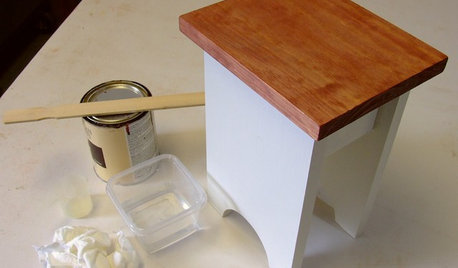
DIY PROJECTSCool Tip: Mimic Stain With a DIY Color Wash
Get the look of an oil-based stain without all the bother, using this easy wash made with paint
Full Story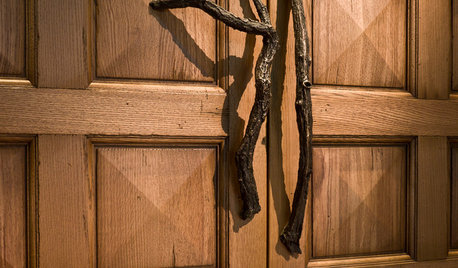
WOODWoodipedia: Make a Solid Choice With Oak
Forget those low-end products of old. Red and white oak today are beautiful, versatile and relatively inexpensive
Full Story
How to Update a Traditional Staircase
Paint and Contrast Give Your Stairwell Some Contemporary Dash
Full Story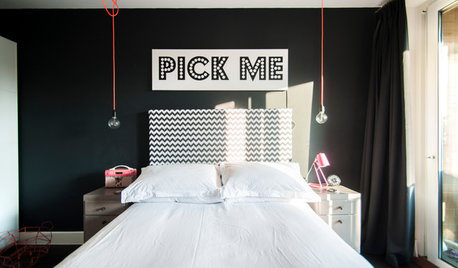
REMODELING GUIDES10 Signs You’re in the Middle of a Renovation
A renovation project allows you to choose every last detail for your home, but decision making can quickly go from ‘Ooooh’ to ‘Argh!’
Full Story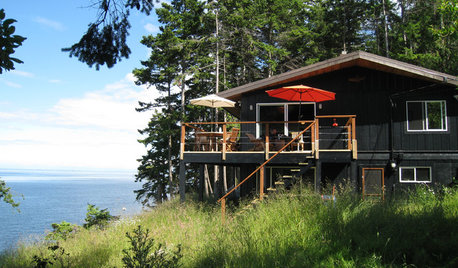
REMODELING GUIDESLove the One You're With: Honoring a Home's Original Charm
Before you jump into teardown mode, consider these 3 examples of homes whose quirkiness is a draw
Full Story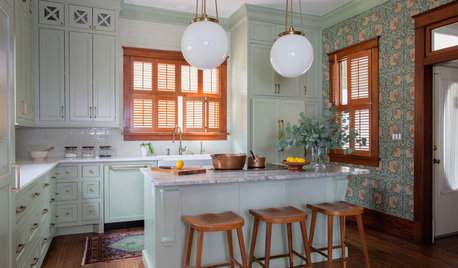
KITCHEN OF THE WEEKKitchen of the Week: Goodbye, Honey Oak — Hello, Minty Green
After more than 30 years, the Kloesels revamped their space to reflect their rural country town and Victorian-style home
Full Story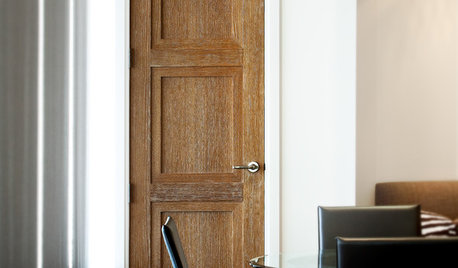
REMODELING GUIDESRenovation Material: Cerused Oak
This traditional material adds welcome texture to the sleek surfaces of modern furniture, cabinetry and more
Full Story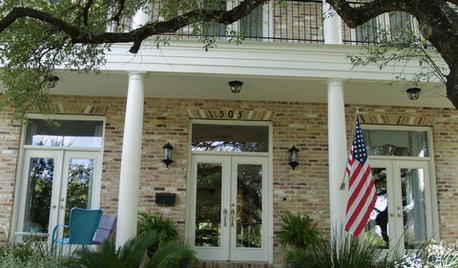
HOUZZ TOURSHouzz Tour: A New Home Honors a Historic Neighborhood
Stained glass, red oak floors and other traditional details give a newly built home in Texas an antique feel that fits right in
Full Story
HOUSEKEEPINGDon't Touch Another Stain Before You Read This
Even an innocent swipe with water may cause permanent damage. Here's what to know about how rugs and fabrics react
Full Story






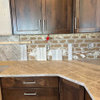

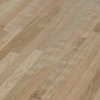
rugbyheadOriginal Author
ron6519
Related Professionals
Leicester Kitchen & Bathroom Designers · Roselle Kitchen & Bathroom Designers · South Barrington Kitchen & Bathroom Designers · Jacksonville Kitchen & Bathroom Remodelers · Panama City Kitchen & Bathroom Remodelers · Sioux Falls Kitchen & Bathroom Remodelers · Washington Interior Designers & Decorators · Burlington General Contractors · Aberdeen General Contractors · Bartlesville General Contractors · Coatesville General Contractors · Fremont General Contractors · Mount Vernon General Contractors · Richfield General Contractors · Woodmere General Contractorsbrickeyee
rugbyheadOriginal Author
brickeyee
brickeyee
weedyacres
rugbyheadOriginal Author
rugbyheadOriginal Author
jamdar
brickeyee